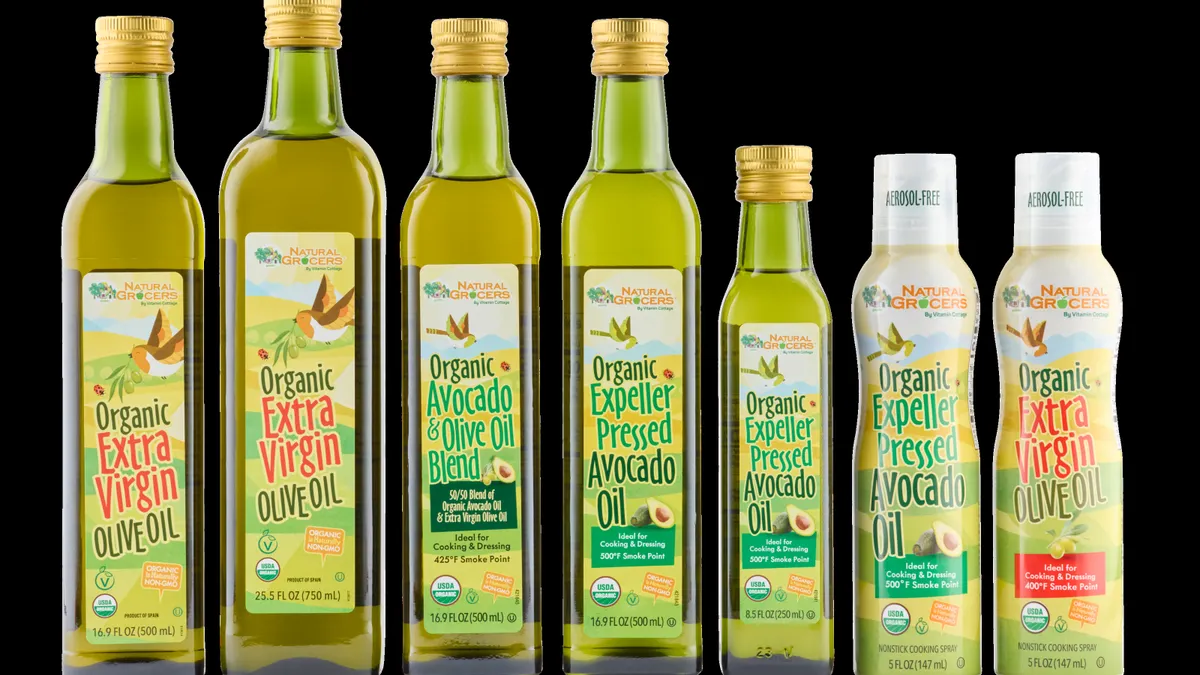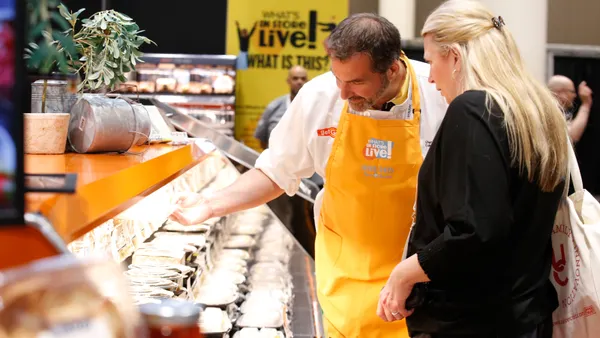These days small is big. In a market once dominated by king-sized candy bars and huge portions, consumers are increasingly reaching for smaller, bite-sized options. This downsizing phenomenon reflects profound changes in consumer preferences and health consciousness, bolstered by economic realities.
As shoppers continue to seek out these miniature indulgences, grocers who strategically merchandise and promote smaller treat formats stand to capture a growing segment of the market. Here are three trends driving this “big” focus on small.
Trend 1: "Little Treat" Culture
Social media has fueled the “treat yourself” mentality, and a Deloitte survey identifies “food and beverage” as the category where consumers are most likely to splash out, confirming that even the smallest splurges can spark joy, particularly in inflationary times.
According to the 2024 Food and Health Survey from the International Food Information Council, 73% of respondents say they snack at least once a day, with the second most common motivation for snacking being “it’s a treat” while the third is “wanting sweet snacks.”
While that might seem at odds with many consumers’ focus on health and wellness, they understand the importance of balance, with the State of Treating 2025 survey from the National Confectioners Association finding that an overwhelming 85% of people believe it’s fine to occasionally have a piece of chocolate or candy.
That’s no surprise to Bala Gurumoorthy, Vice President of Category Management for Ferrero, who terms these micro-indulgences as a “me moment.”
“Especially among consumers who are seeking an indulgence, premium products are continuing to gain market share,” he says, recommending that retailers position sweet treats as an everyday boost shoppers can provide themselves after running an errand.
As one therapist described it, “Little treat culture is the practice of acknowledging doing something difficult, uncomfortable or boring with a reward of some kind.”
Trend 2: Affordable Luxuries in Uncertain Times
Somewhat connected is the desire to enjoy smaller pick-me-ups, as economic pressures drive consumers toward more accessible options. Often these are treats they choose to share with others, notes Gurumoorthy, terming these a “thee moment,” where a parent might purchase a special treat to share with the family.
“The thinking is, ‘I maybe can’t afford a restaurant meal, but I can treat my loved ones to some upscale chocolates or a favorite brand of cookies to give a distinctive experience at home,’” he explains.
He notes that the opening price is a critical factor. “Especially in an inflationary environment, you want to keep that price point under a certain threshold to make it accessible and acceptable.”
Trend 3: Exploration and Variety Seeking
Turns out that variety is still the spice of life, with a January 2025 Capgemini report finding that 70% of consumers globally say they like to switch brands and experiment. “Shoppers are seeking the ‘new new,’” says Gurumoorthy.
Given consumer desire to try multiple flavors without committing to full-sized products, retailers may want to offer more sampler and variety packs in the treat category, as smaller portions enable flavor exploration and brand discovery.
One technique to encourage trial is to take a proven taste consumers love and merchandise a flavor or format twist near it to extend that existing brand preference, “Iconic, high-loyalty brands can be complemented by innovation in flavors and formats,” Gurumoorthy says, pointing to a recent limited time offering (LTO) of sea salt-caramel Butterfinger and the launch of Ferrero Rocher Squares that build on the popularity of its flagship candy.
Gen Z in particular is often behind the desire to try new flavors. Take Tic Tacs. While consumers are still all about their classic mint and fruit flavors, this summer they can try a Dr. Pepper-flavored candy that plays off their affinity for the beverage, which recently vaulted into the No. 2 position for sodas in the U.S.
“As prices go up, people are making choices so when we talk to retailers, we definitely suggest leveraging innovation as a competitive advantage to drive growth,” he says. “Our brand is committed to offering a range and variety to retailers to help them keep their offerings fresh and modern to stay relevant and drive consumer trips. From a focus on little treats to affordable luxuries, sweets can drive consumer trips.”
Are you looking to merchandise small treats that can bring big profits? Find out more about Ferrero’s portfolio of brands by visiting Ferrero North America.










